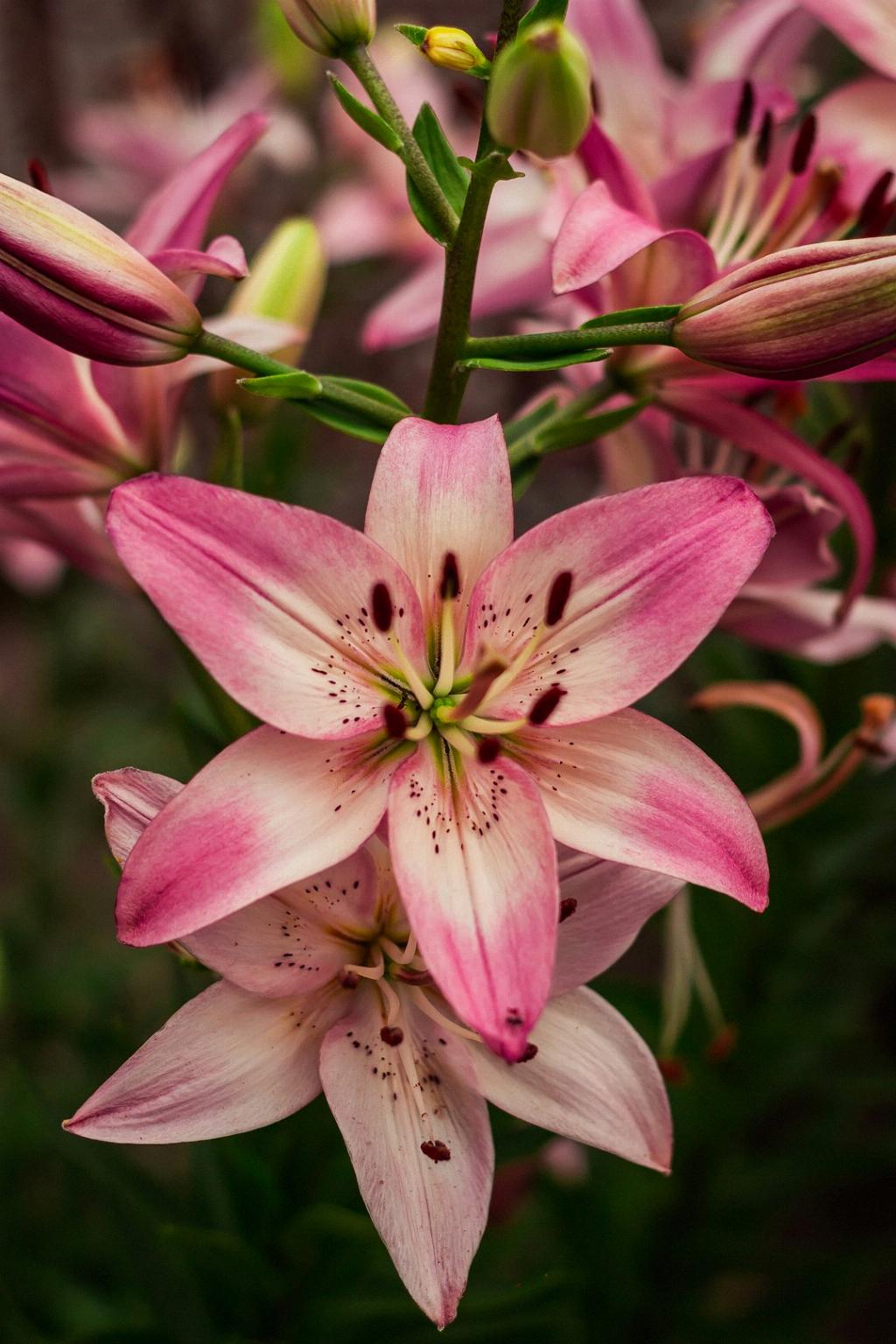Yellowing leaves on your lily plant can be a concerning sight, but fear not, there are several possible reasons behind this issue. One common culprit that often leads to yellow leaves is overwatering. Just like how soggy socks are uncomfortable to wear, too much water can suffocate the roots of your lily, causing a condition known as root anoxia.
When the roots are deprived of oxygen due to overwatering, they struggle to absorb essential nutrients effectively, resulting in the leaves turning yellow. It’s crucial to strike the right balance when it comes to watering your lily plants to ensure they stay healthy and vibrant.
Another factor that can contribute to yellowing leaves is inadequate sunlight. Lilies require a sufficient amount of sunlight to thrive, and if they are not getting enough light, they may start to show signs of stress by developing yellow leaves. Consider the location of your lily plant and ensure it is receiving the recommended amount of sunlight each day.
Pests can also be a potential reason for your lily leaves turning yellow. Insects such as aphids, spider mites, or thrips can infest your plant and cause damage, leading to discoloration of the leaves. Regularly inspect your lily for any signs of pest infestations and take appropriate measures to control them to prevent further damage.
Inadequate nutrition is another common issue that can result in yellowing leaves. Lilies require a balanced supply of nutrients to support their growth and development. If your plant is not receiving the necessary nutrients, it may exhibit symptoms such as yellow leaves. Consider fertilizing your lily plant with a suitable fertilizer to ensure it is getting the essential nutrients it needs.
Environmental factors such as temperature fluctuations can also contribute to the yellowing of lily leaves. Extreme temperatures, either too hot or too cold, can stress the plant and cause its leaves to turn yellow. It’s essential to provide a stable and suitable environment for your lily to thrive and avoid sudden temperature changes.
Improper drainage can lead to waterlogged soil, which can be detrimental to the health of your lily plant. If the soil does not drain effectively, excess water can accumulate around the roots, leading to root rot and yellowing leaves. Ensure that your lily plant is potted in well-draining soil and that excess water can flow out freely.
Disease can also be a potential reason for yellow leaves on your lily plant. Fungal diseases such as Botrytis or bacterial infections can affect the overall health of the plant and cause discoloration of the leaves. Inspect your lily plant for any signs of disease and treat it promptly to prevent further damage.
Incorrect pH levels in the soil can hinder the plant’s ability to absorb nutrients effectively, leading to nutrient deficiencies and yellowing leaves. It’s essential to ensure that the soil pH is within the optimal range for lilies to thrive. Consider testing the soil pH and making any necessary adjustments to create a suitable growing environment for your plant.
Stress factors such as transplant shock or physical damage can also cause your lily leaves to turn yellow. When a plant undergoes stress, it redirects its resources to cope with the adverse conditions, which can result in changes in leaf color. Minimize stress on your lily plant and provide optimal growing conditions to promote healthy foliage.
Improper watering practices, such as underwatering, can also lead to yellowing leaves on your lily plant. When a plant does not receive an adequate amount of water, it can experience drought stress, causing the leaves to turn yellow as a sign of distress. Ensure that you water your lily plant consistently and adjust the watering schedule based on its specific needs.
Genetic factors can also play a role in leaf color changes in lilies. Some lily cultivars may naturally exhibit yellowing leaves as part of their growth cycle or genetic makeup. If you notice that the yellowing is consistent across all leaves and the plant appears otherwise healthy, genetic factors may be the cause of the color change.
In conclusion, yellowing leaves on your lily plant can be attributed to various factors ranging from overwatering and inadequate sunlight to pests, nutrient deficiencies, and environmental stressors. By identifying the underlying cause of the issue and taking appropriate action, you can help your lily plant regain its health and vitality. Remember to monitor your plant closely, provide it with the care it needs, and create a conducive growing environment to promote lush, green foliage.

